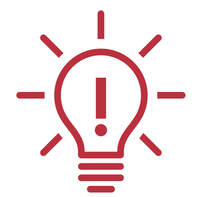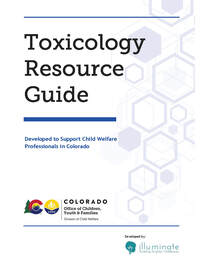Commonly Tested Biologic Matrices
Urine
For most categories of drugs, urine as a matrix can be used to determine recent exposure, usually in the past 1-4 days. Certain substances, including marijuana and benzodiazepines may be present in urine longer, up to about 30 days, depending on chronicity of use. While urine can indicate whether or not some substances were recently used, it cannot determine the exact amount used, the timeline, or the route of use (inhalation, ingestion, etc.). With urine, it is difficult to determine the level of intoxication. Additionally, there are various ways to attempt to falsify and adulterate urine results including dilution; supplements (such as niacin), bleach, acid; and using another person’s urine.
Blood
Like urine, blood also can be used to indicate recent exposure, but it is a better matrix to correlate with intoxication. However, blood is best used in conjunction with a clinical examination or observation of behavior rather than on its own. Testing blood usually involves delayed results and can be both invasive and expensive.
Hair
Testing hair can help determine exposure in the past week to 3 months. To gain the most information, hair should be tested for both the parent compound (potential contaminant in the environment) and its metabolites (evidence for systemic exposure). Hair testing can be difficult for determining the level or route of exposure, and the level of intoxication. To detect a substance, hair samples need a minimum exposure--meaning a negative result does not mean no exposure occurred. Additionally, a person's natural hair color is a variable to how strongly a drug binds to it. There are various ways to falsify hair results including hair coloring, bleaching, and cutting.
Mouth Swab
Testing oral fluid using a mouth swab is a non-invasive method to detect drug exposure. It is less likely to suffer from tampering because it is an observed collection. However, food, lack of saliva, and collection technique can influence results. Mouth swabs are mainly used to test for amphetamines, cocaine, opioids, alcohol (ethanol) and marijuana, but other drugs can be secreted and detected in oral fluid. Depending on the drug, a mouth swab test can detected anywhere from 1 to 48 hours post use.

Drug testing is one form of determining how concerned we need to be about a family’s substance use. In your assessment, when your “gut” tells you something isn’t right, it’s a sign that you should probe further to try to figure out why. These types of questions may help you assuage or firm up your concerns and could lead you to have bigger worries about substance use or note strengths in care providing. Drug testing can be used in these instances of worry as a confirmatory agent in determining what types of substances are being used.
One way of doing this is to talk with families and children about their daily routines:
One way of doing this is to talk with families and children about their daily routines:
- How do the children wake in the morning?
- Who makes breakfast?
- Gets them to school or childcare?
- If they stay home, what activities do they do on a daily basis?
- What toys do the children like to play with or what things do parents / caregivers enjoy doing with their children?
- How often and how much are infants being fed?
- Who does the feeding and how is this done - breastmilk or formula?

